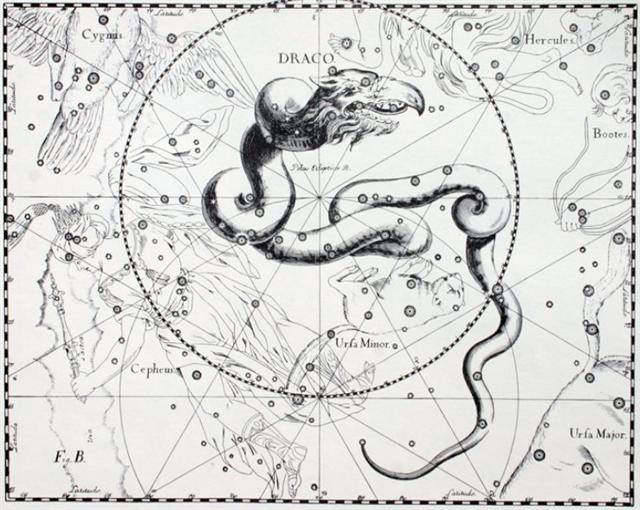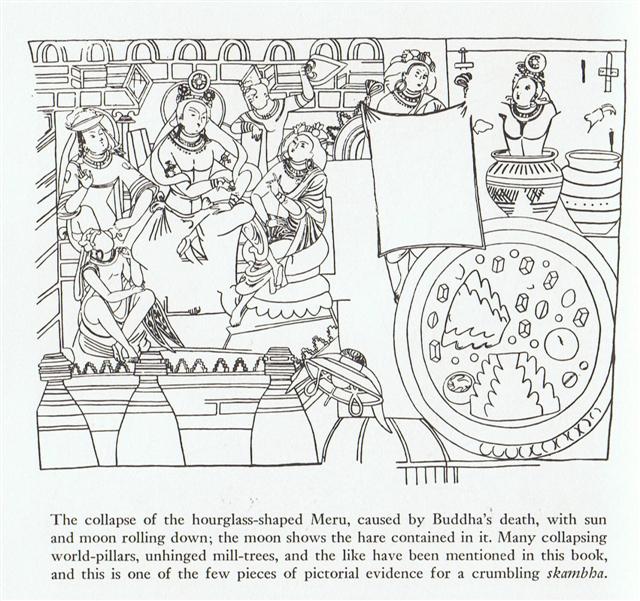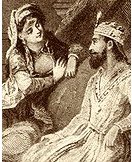|
Here I have the opportunity to suggest what the cap sign signifies:
Here (in Aa7-8) it has been located at the top of the head. Earlier we have found it lower down and 3 days later:
My idea is that it refers to the polar cap. ... The four males and the four females were couples in consequence of their lower, i.e. of their sexual parts. The four males were man and woman, and the four females were woman and man. In the case of the males it was the man, and in the case of the females it was the woman, who played the dominant role. They coupled and became pregnant each in him or herself, and so produced their offspring. But in the fullness of time an obscure instinct led the eldest of them towards the anthill which had been occupied by the Nummo. He wore on his head a head-dress and to protect him from the sun, the wooden bowl he used for his food. He put his two feet into the opening of the anthill, that is of the earth's womb, and sank in slowly as if for a parturition a tergo. The whole of him thus entered into the earth, and his head itself disappeared. But he left on the ground, as evidence of his passage into that world, the bowl which had caught on the edges of the opening. All that remained on the anthill was the round wooden bowl, still bearing traces of the food and the finger-prints of its vanished owner, symbol of his body and of his human nature, as, in the animal world, is the skin which a reptile has shed ...
Its place should be at the opposite side of midsummer, when it comes off (will be shed).
We can count to glyph number 508 on the B tablet in order to get some kind of confirmation. And surely, my link to this place will arrive at my very last page discussing the text on the Aruku Kurenga tablet. Here we can read: FEBRUARY 19 (50) equals 364 + 50 = 414 implies the star Bharani (*41.4) and the date "March 14 (→ 3-14 → π).
|






